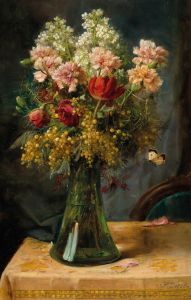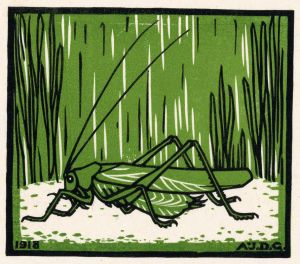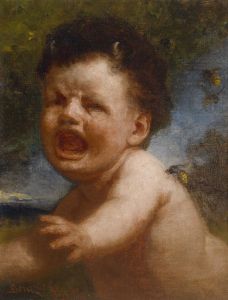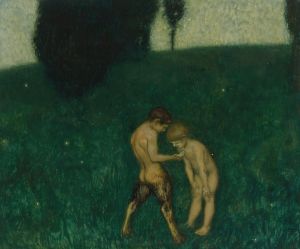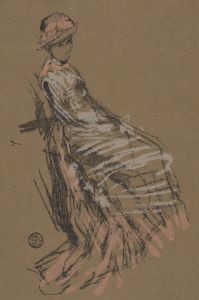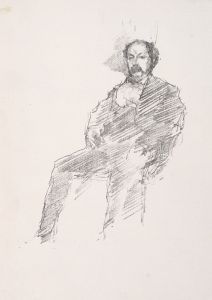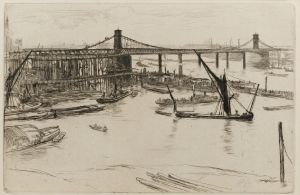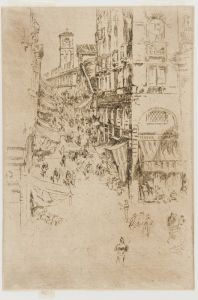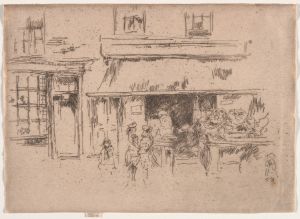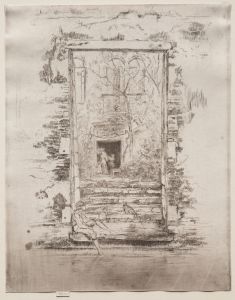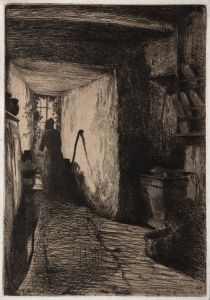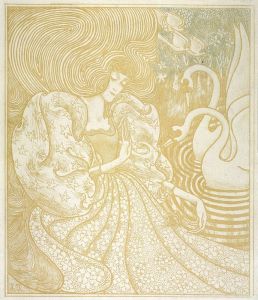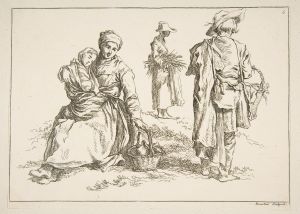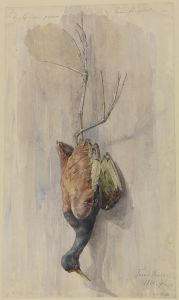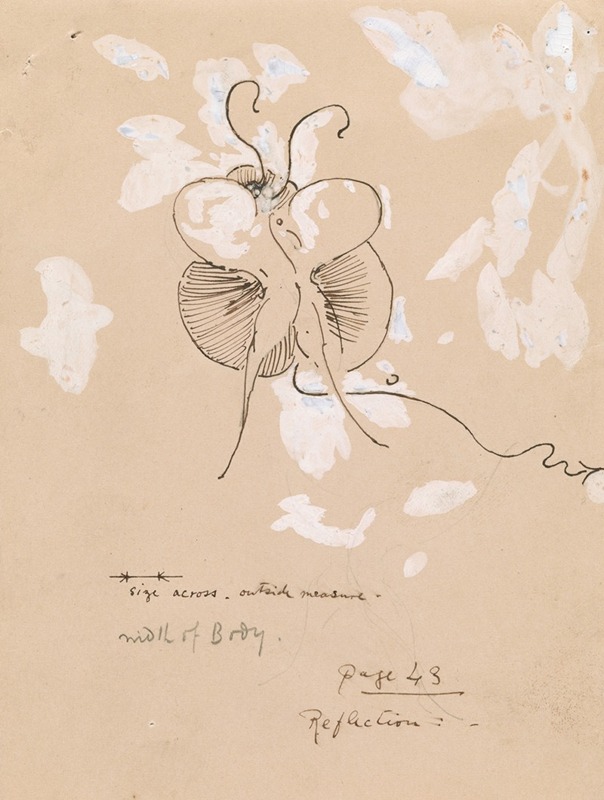
Butterfly
A hand-painted replica of James Abbott McNeill Whistler’s masterpiece Butterfly, meticulously crafted by professional artists to capture the true essence of the original. Each piece is created with museum-quality canvas and rare mineral pigments, carefully painted by experienced artists with delicate brushstrokes and rich, layered colors to perfectly recreate the texture of the original artwork. Unlike machine-printed reproductions, this hand-painted version brings the painting to life, infused with the artist’s emotions and skill in every stroke. Whether for personal collection or home decoration, it instantly elevates the artistic atmosphere of any space.
James Abbott McNeill Whistler was an influential American artist known for his contributions to the art world during the late 19th century. Among his many works, Whistler is particularly renowned for his innovative use of color and his distinctive style, which often emphasized mood and atmosphere over detailed representation. One of the recurring motifs in Whistler's work is the butterfly, which he used as a signature on many of his paintings and etchings.
The butterfly motif in Whistler's work is not a specific painting but rather a symbolic representation that he adopted as his personal emblem. Whistler's butterfly signature evolved over time, becoming more stylized and intricate. It often included a stinger, reflecting Whistler's complex personality—graceful yet capable of delivering a sharp critique. This signature can be found on a variety of his works, from paintings to prints, and it serves as a testament to his belief in the harmony between art and the artist's identity.
Whistler's adoption of the butterfly as his signature was influenced by his appreciation for Japanese art, which he admired for its simplicity and elegance. The butterfly, in this context, can be seen as an embodiment of Whistler's artistic philosophy, which prioritized beauty and aesthetic experience over narrative content. This approach aligned with the Aesthetic Movement, of which Whistler was a key proponent, advocating for "art for art's sake."
Whistler's butterfly signature is prominently featured in some of his most famous works, such as "Arrangement in Grey and Black No. 1" (commonly known as "Whistler's Mother") and "Nocturne in Black and Gold: The Falling Rocket." In these works, the butterfly serves as a subtle yet unmistakable mark of authenticity and personal expression. It is often placed discreetly within the composition, requiring viewers to engage closely with the artwork to discover it.
The use of the butterfly also reflects Whistler's interest in the interplay between nature and art. Butterflies, with their delicate and ephemeral beauty, mirror the qualities Whistler sought to capture in his paintings. His works often evoke a sense of tranquility and introspection, inviting viewers to appreciate the fleeting moments of beauty in everyday life.
Whistler's butterfly signature has become an iconic element of his legacy, symbolizing his unique approach to art and his enduring influence on subsequent generations of artists. It represents a fusion of Eastern and Western artistic traditions, highlighting Whistler's role as a bridge between different cultural influences.
In summary, while there is no specific painting titled "Butterfly" by James Abbott McNeill Whistler, the butterfly motif serves as a significant and recognizable aspect of his artistic identity. Through this emblem, Whistler conveyed his commitment to aesthetic beauty and his belief in the inseparable connection between the artist and their work.





